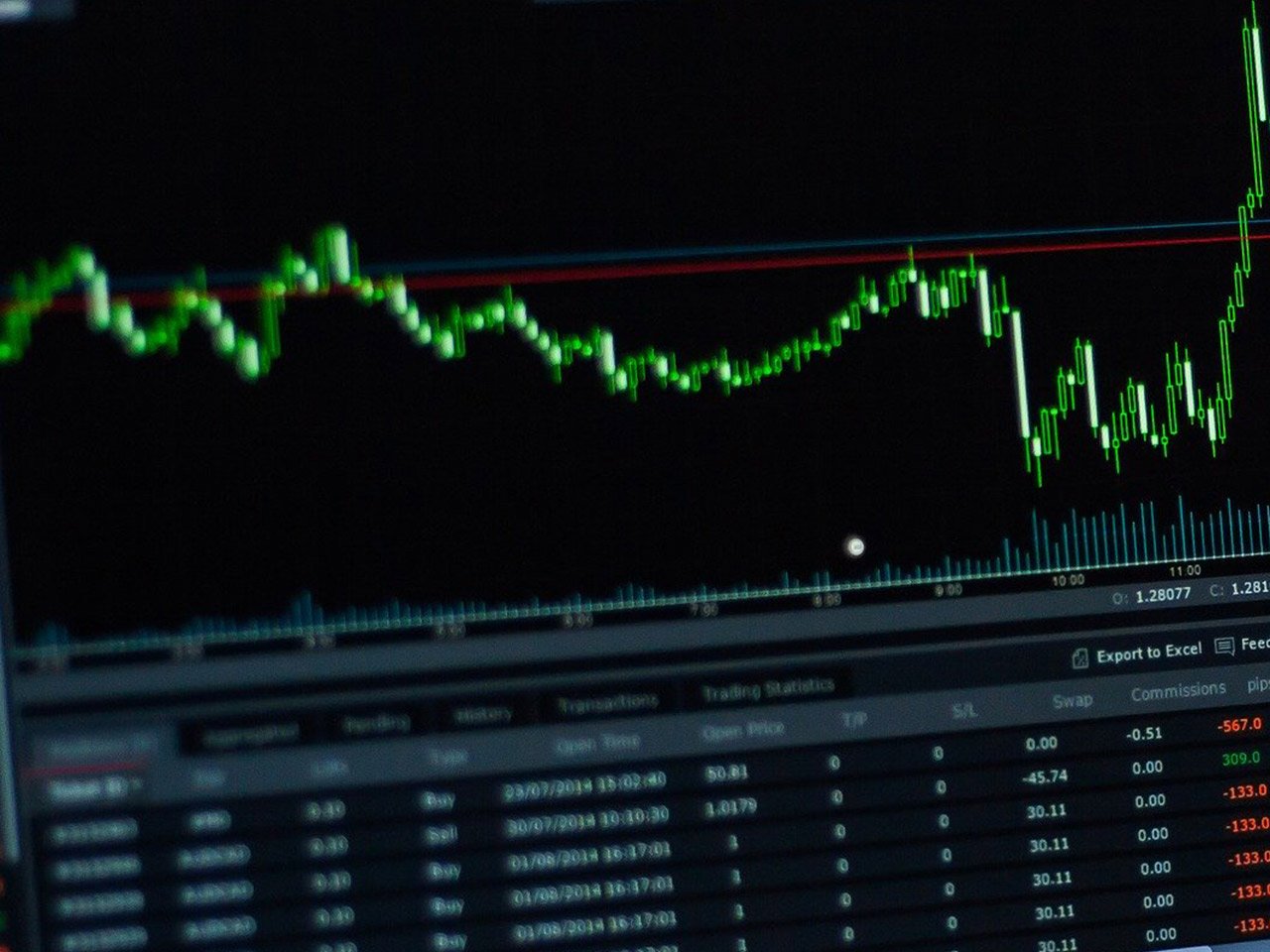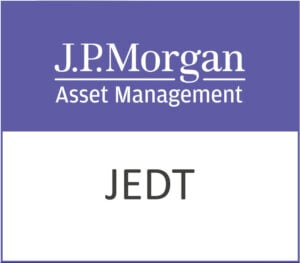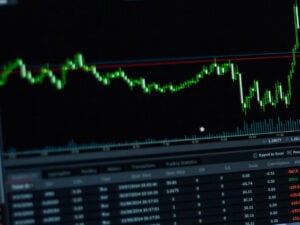As Starbucks Corporation (NASDAQ: SBUX) continues to brew success, investors are eyeing the coffee giant’s potential for growth in the consumer cyclical sector. With a market capitalization of $99.16 billion, Starbucks remains a major player in the restaurant industry, underpinned by its global brand presence and diverse product offerings.
Currently trading at $87.26, Starbucks has navigated a 52-week range between $72.51 and $115.81. This price movement reflects the company’s resilience amid market fluctuations, providing investors with an opportunity to evaluate its long-term growth potential. The stock’s forward P/E ratio sits at 28.52, suggesting that investors are anticipating significant earnings growth in the near future, despite the absence of trailing P/E and other valuation metrics.
Revenue growth of 2.30% indicates a steady expansion trajectory, although investors may note the lack of reported net income and return on equity figures for a comprehensive analysis. However, the company’s healthy free cash flow of approximately $1.85 billion provides a solid foundation for continued operations and strategic investments.
Dividend-focused investors will find Starbucks’ yield of 2.80% appealing, though the high payout ratio of 85.82% may prompt scrutiny regarding its sustainability. The company’s commitment to returning value to shareholders remains evident, balancing capital reinvestment with shareholder returns.
Analyst sentiment towards Starbucks is mixed, with 16 buy ratings, 17 hold ratings, and a single sell rating. The average target price of $91.77 implies a modest potential upside of 5.16%, offering a cautious optimism for those considering entry or expansion of their positions. The target price range spans from $69.00 to $125.00, reflecting diverse views on the company’s potential performance.
Technical indicators present a nuanced picture: the Relative Strength Index (RSI) at 66.40 suggests the stock is approaching overbought territory, while the Moving Average Convergence Divergence (MACD) at -0.98 and the signal line at -2.12 may point to bearish momentum in the short term. These metrics indicate that while the long-term outlook remains positive, investors should remain vigilant of near-term market dynamics.
Starbucks’ strategic initiatives, including its partnerships and expansion into international markets, bolster its growth prospects. The company’s focus on sustainability and community engagement, as seen through its collaboration with the Global Food Banking Network, enhances its brand image and appeals to socially-conscious consumers.
For investors, Starbucks represents a blend of stability and growth potential. While the stock’s current valuation may not offer substantial immediate returns, its consistent dividend payouts and strategic positioning in a competitive industry underscore its appeal as a long-term investment. As Starbucks continues to innovate and expand its global footprint, investors have reason to remain optimistic about the company’s future trajectory in the dynamic consumer market.










































